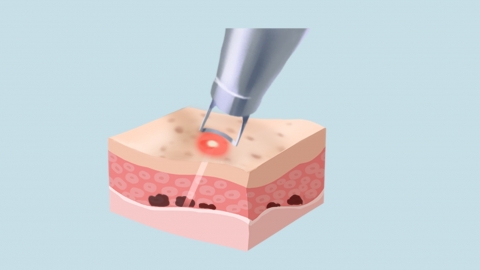How is gingival hemangioma treated?
Gingival hemangiomas can be managed through various methods such as topical medication application, laser therapy, sclerotherapy, cryotherapy, and surgical excision. Most benign lesions can be cured with proper treatment; the specific approach should be determined based on the size and location of the lesion. If the hemangioma experiences recurrent bleeding, affects eating, or grows rapidly, prompt medical attention is recommended.
1. Topical medication application: For superficial and small-sized gingival hemangiomas, medications that constrict blood vessels may be applied directly to the lesion surface under medical guidance. This helps inhibit vascular proliferation and gradually shrink the lesion. The procedure is simple and minimally invasive.
2. Laser therapy: Utilizes the photothermal effect of a specific wavelength laser to target hemangioma tissue directly, causing vessel occlusion and necrosis of the lesion, which then sloughs off. Suitable for medium-sized gingival hemangiomas without significant bleeding risk, with relatively quick recovery after treatment.

3. Sclerotherapy: Involves injecting a sclerosing agent into the hemangioma to damage vascular endothelial cells, leading to fibrosis and closure of the vascular lumen, thereby reducing the size of the lesion. Applicable for larger or deeper gingival hemangiomas, often requiring multiple injections for optimal results.
4. Cryotherapy: Uses the low temperature of liquid nitrogen to freeze and destroy hemangioma tissue. After the necrotic tissue detaches, natural tissue repair follows. Best suited for well-defined, superficial gingival hemangiomas. Care must be taken to control the freezing area to avoid damaging surrounding healthy gum tissue.
5. Surgical excision: Recommended for large lesions, those with recurrent bleeding, or those interfering with dental function. The entire lesion is surgically removed, and gingival reconstruction may be performed if necessary, effectively eliminating the problem. Postoperative care includes maintaining good oral hygiene to prevent infection.
In daily life, maintain good oral hygiene by rinsing with warm water after meals. Avoid using hard-bristled toothbrushes that may irritate the affected area. Eat a mild diet and avoid spicy or hard foods. Regularly monitor changes in the lesion and minimize external irritation to the gingival hemangioma.




